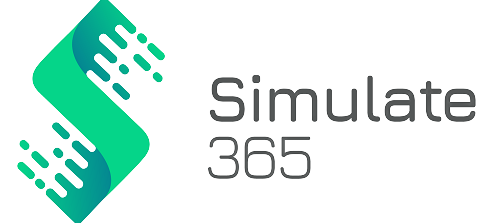Azeotropic mixtures are a challenge to separate by traditional distillation methods, due to their constant boiling point and composition. To overcome this challenge, separation techniques have been developed such as Pressure Swing Azeotropic Distillation (PSAD). The technique involves changing the pressure during the distillation process to alter the composition of the vapor and liquid phases, thereby allowing the separation of the individual components.
Extractive distillation (ED) and Pressure-Swing Azeotropic Distillation (PSAD) are both effective techniques for separating azeotropic mixtures. PSAD has several advantages that make it superior to the ED:
– PSAD can be employed to separate both minimum-boiling and maximum-boiling azeotropic mixture.
– High Energy Savings are observed in continuous operations because heat transfer can be optimized by utilizing heat integration.
– Low investment cost because of a smaller number of distillation columns (compared to concepts with entrainer).
– Additional solvent is not required.
In the pharmaceutical industry, the separation of toluene and ethanol is a critical step in the production of steroid drugs. The two solvents form a minimum-boiling azeotrope that is difficult to separate by conventional methods.
The PSD process takes advantage of the fact that altering pressure can impact the relative volatility of liquid mixtures, even those with a close boiling point or that form an azeotrope.
There is a growing interest in the heat integration techniques used in PSD processes, which can be optimized for the separation of mixed toluene and ethanol based on economic considerations.
Muhammad Saif provides an excellent explanation of this concept in one of the DWSIM tutorials.
We 👍 this video because:
– It presents relevant content about the effect of pressure on azeotropic composition.
– It simulates PSAD in DWSIM, validating the results of research papers.
-It explains the recycling of azeotropic mixtures for further separation.
– It simulates other unit operations such as pumps and valves.
